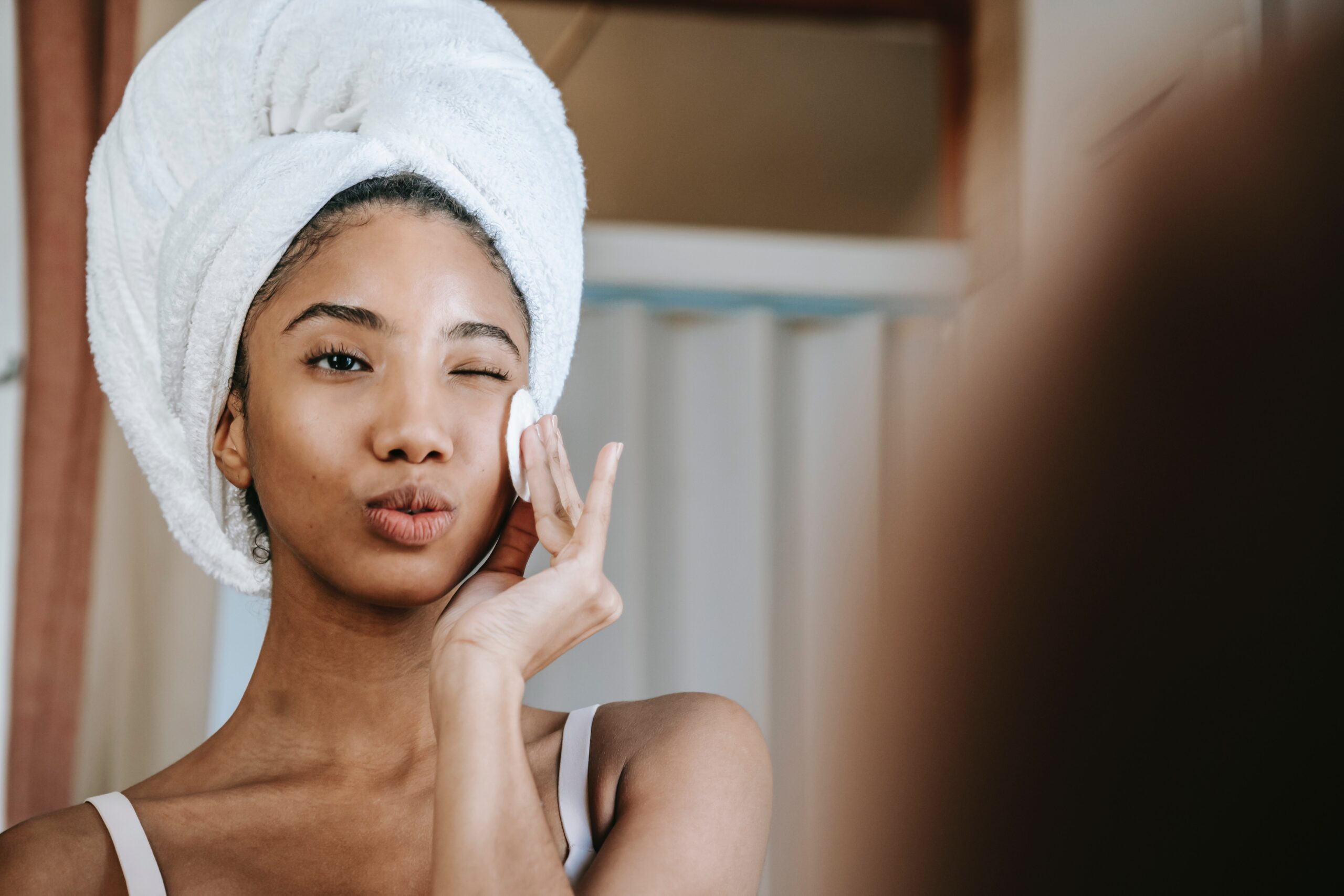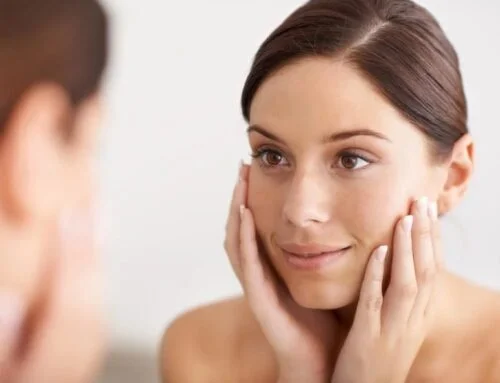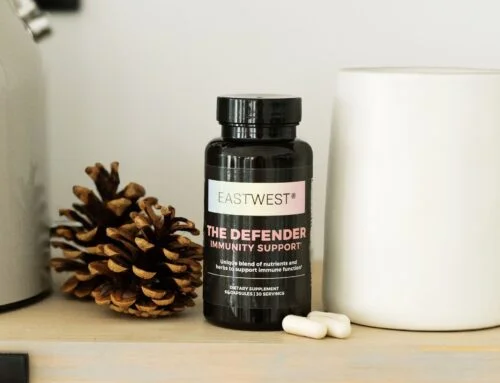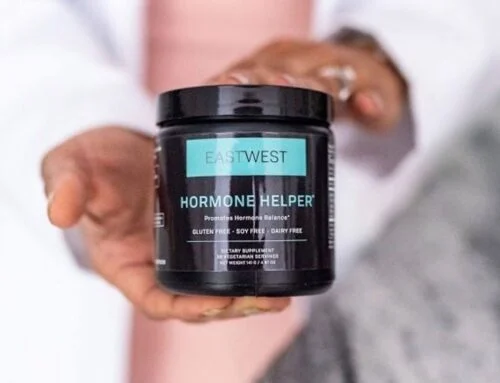We’ve all experienced seemingly mysterious skin issues that appear to come from nowhere – usually at the most inconvenient of times. Breakouts, dry patches, redness and irritation – there can be multiple causes behind skin concerns, but one of the most overlooked reasons could be related to your hormones.
How do hormones affect our skin?
Our hormones and our skin are closely linked – which is why you’ll notice changes around your monthly cycle and major health events such as pregnancy or menopause. Hormones will influence the health and appearance of our skin throughout our lifetime – and knowing the underlying imbalances which can affect them is essential in order to keep skin looking and feeling its best no matter what stage of life (or our cycle) we are in.
Three key hormones play a role in the way our skin looks and feels:
*Estrogen: Helps skin stay plump, firm and supple through stimulating the production of collagen, elastin and hyaluronic acid.
*Progesterone: Stimulates oil or sebum production keeping skin well-moisturized. Excessive amounts can lead to a build-up of oil and clogged pores.
*Testosterone: Works in a similar way to progesterone, regulating sebum and oil levels in the skin.
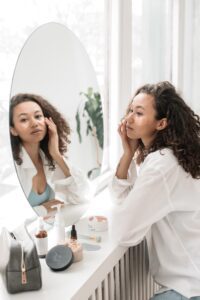 During your period
During your period
During your menstrual cycle you’ll notice changes in your skin which may be subtle or significant depending on your hormone levels.
Days 1-6: During the first few days your bleed hormone levels are low – so skin can appear on the dry, dull side. Your skin may also feel a little more sensitive during this time.
Days 7-11: Estrogen production increases, helping fresh new skin cells to emerge. To encourage the process, use a gentle exfoliant to buff away and remove dead skin cells and reveal the radiant new skin beneath.
Days 12-16: Estrogen levels peak right before ovulation – so your skin should have a naturally gorgeous, healthy glow.
Days 17-24: Following ovulation estrogen levels begin to drop again and progesterone peaks, which can trigger breakouts as oil levels increase. Cleanse deeply and avoid touching skin, which can spread bacteria responsible for spots.
Days 25-28: Just before your period begins testosterone takes over, maintaining those high oil levels and making breakouts even more likely. Continue with your cleansing regime and add salicylic acid to keep breakouts at bay – you may also like to keep a blemish stick on hand to soothe sore spots.
During pregnancy
Just like the rest of the body, during pregnancy our skin goes through many changes in response to fluctuating levels of hormones. Estrogen and progesterone levels are high, which can contribute to the development of a condition known as melasma, or chloasma as it is known during pregnancy. This results in dark brown patches across the cheeks, noose, forehead and chin. Hyperpigmentation may also occur across existing freckles and dark spots.
Although its appearance can be alarming, melasma isn’t dangerous for you or your baby and should subside post-partum. Unfortunately there isn’t any way to prevent melasma completely, but some self-care techniques (such as limiting sun exposure) can help. A dermatologist can support you if severe symptoms become distressing or if melasma persists beyond pregnancy.
During and after menopause
Estrogen levels decrease during menopause, causing loss of collagen, elasticity and volume. This can result in the appearance of noticeably deeper wrinkles, lines and sagging skin. Dryness is also a key concern for women going through menopause – but fortunately this can be remedied with targeted products rich in active ingredients such as ceramides, hyaluronic acid and retinoids.
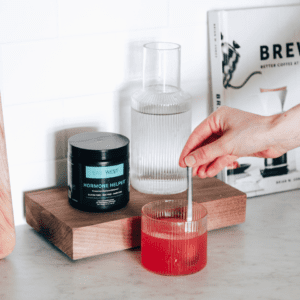 Hormonal imbalance
Hormonal imbalance
Hormonal imbalances which occur as a result of conditions such as PCOS or endometriosis can worsen many of the symptoms at different stages of your cycle. These conditions disrupt the delicate balance of hormones within the body which can translate to confusing and difficult to manage symptoms on the skin. Whilst topical remedies can help, treating hormone imbalance at the root cause is the best way to remedy symptoms of hormonal imbalance such as painful acne and chronic dehydration.
Support your skin at all stages with Hormone Helper
Our Hormone Helper blend features maca, choline and saw palmetto to support supple, smooth and healthy skin at any age or stage in your cycle. This innovative and intelligent formula works together with the body to support detoxification of excess hormones, balance estrogen and lower androgens.

